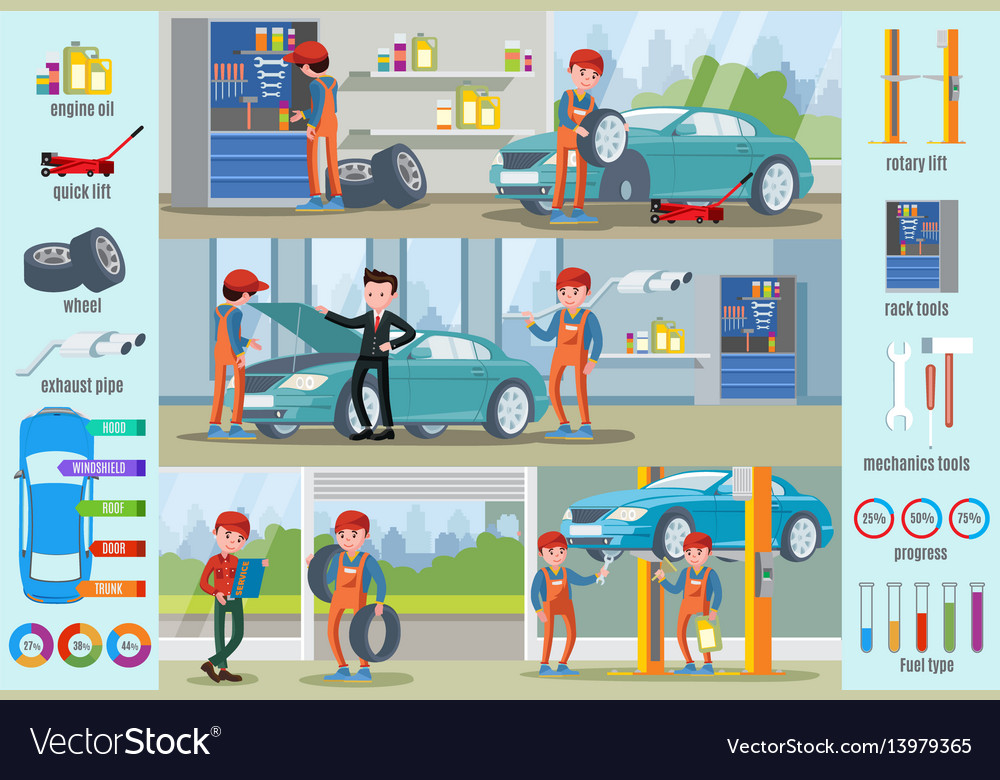Eager To Recognize What The Control Panel Warning Lights In Your Cars And Truck Signify? Explore Their Definitions For The Wellness And Safety Of Your Automobile
Eager To Recognize What The Control Panel Warning Lights In Your Cars And Truck Signify? Explore Their Definitions For The Wellness And Safety Of Your Automobile
Blog Article
Created By-Sykes Dalgaard
When you lag the wheel, those glowing caution lights on your dashboard can be a bit bewildering. Do you understand what they're trying to tell you concerning your car's health? Comprehending the value of these lights is vital for your security and the durability of your automobile. So, the following time among those lights pops up, wouldn't you wish to decipher its message accurately and take the necessary actions to address it?
Common Warning Lighting and Interpretations
Identify usual caution lights in your vehicle and recognize their meanings to ensure secure driving.
One of the most typical warning lights include the check engine light, which indicates concerns with the engine or discharges system. If this light begins, it's important to have your lorry examined quickly.
The oil pressure alerting light indicates reduced oil stress, requiring immediate attention to prevent engine damage.
A blinking battery light might suggest a damaged charging system, possibly leaving you stranded if not resolved.
The tire pressure surveillance system (TPMS) light signals you to low tire pressure, affecting vehicle stability and fuel effectiveness. Overlooking this could lead to unsafe driving problems.
The abdominal muscle light shows a problem with the anti-lock braking system, jeopardizing your capacity to quit quickly in emergency situations.
Lastly, the coolant temperature advising light warns of engine overheating, which can result in extreme damage otherwise settled quickly.
Understanding mouse click the up coming article will certainly aid you address issues promptly and preserve risk-free driving conditions.
Relevance of Prompt Focus
Understanding the typical warning lights in your automobile is just the initial step; the significance of immediately attending to these cautions can not be stressed enough to guarantee your safety on the road.
When a warning light illuminates on your control panel, it's your vehicle's method of communicating a potential concern that requires interest. Disregarding these warnings can lead to a lot more serious issues later on, endangering your security and possibly costing you extra in repairs.
Prompt focus to advising lights can protect against malfunctions and accidents. For instance, a blinking check engine light might indicate a misfire that, if left ignored, might trigger damage to the catalytic converter. Resolving this immediately can save you from a pricey repair work.
Likewise, https://dallasxrmfz.blogoxo.com/30077534/discover-exactly-how-to-completely-transform-your-vehicle-s-appearance-in-less-than-an-hour-with-easy-to-follow-pointers-that-will-amaze-you-your-fast-car-outlining-response-is-here warning light could indicate reduced brake fluid or worn brake pads, vital components for your safety when driving.
Do It Yourself Troubleshooting Tips
If you discover a caution light on your control panel, there are a few do it yourself fixing tips you can try before seeking specialist assistance.
The initial step is to consult your vehicle's handbook to understand what the details caution light indicates. Occasionally the problem can be as easy as a loose gas cap causing the check engine light. Tightening up the gas cap may resolve the problem.
One more typical issue is a low battery, which can set off numerous cautioning lights. Inspecting the battery connections for deterioration and ensuring they're protected might fix the issue.
If a warning light continues, you can try resetting it by disconnecting the automobile's battery for a few mins and then reconnecting it. In addition, checking your vehicle's liquid levels, such as oil, coolant, and brake fluid, can assist fix cautioning lights associated with these systems.
Final thought
Finally, recognizing your auto's caution lights is important for maintaining your vehicle running efficiently and safely. By quickly attending to dry ice car cleaning and knowing what they indicate, you can prevent expensive repair work and possible break downs.
Remember to consult your vehicle's guidebook for particular information on each warning light and take action appropriately to guarantee a trouble-free driving experience.
Remain notified, stay safe when driving!
